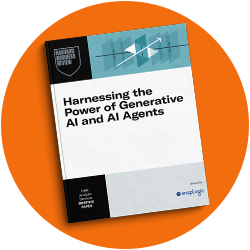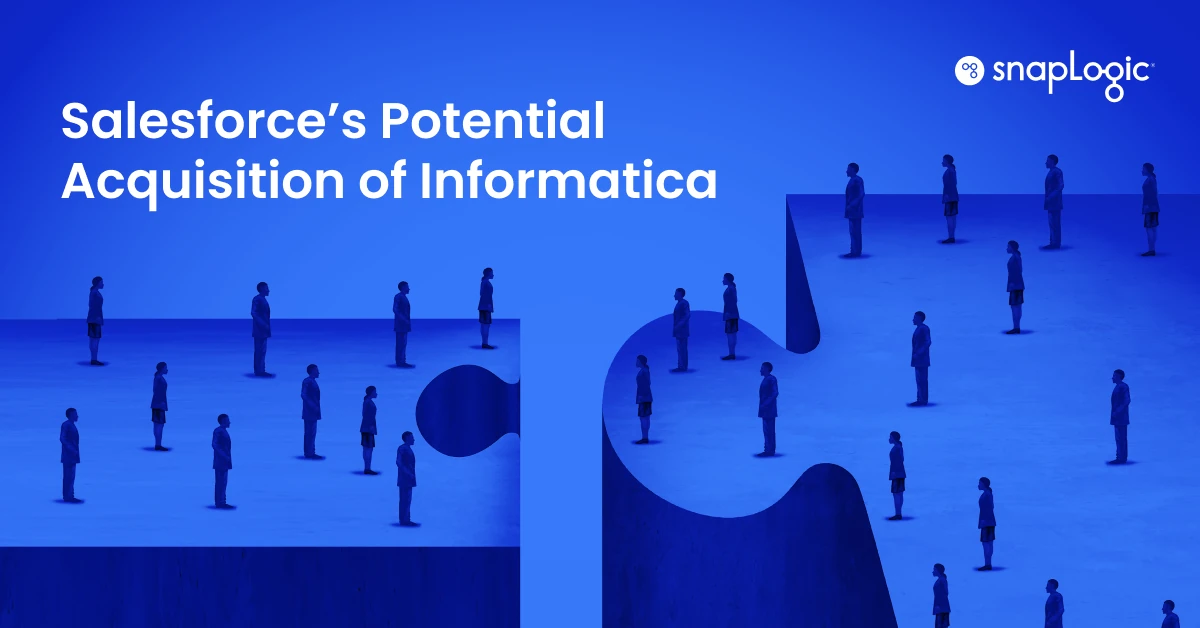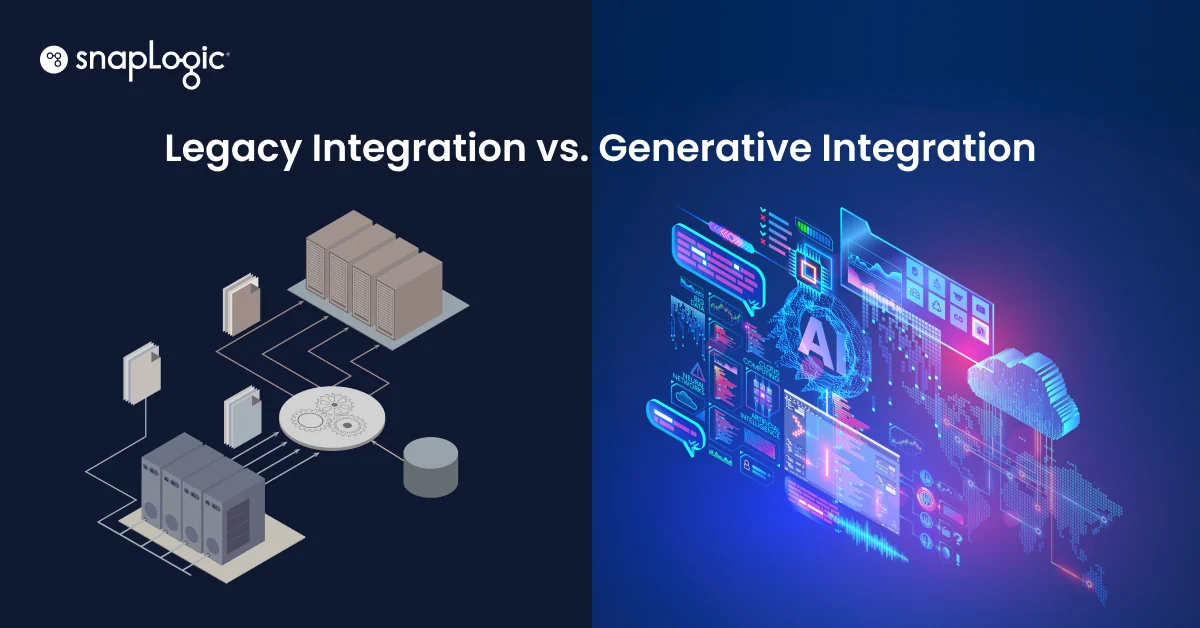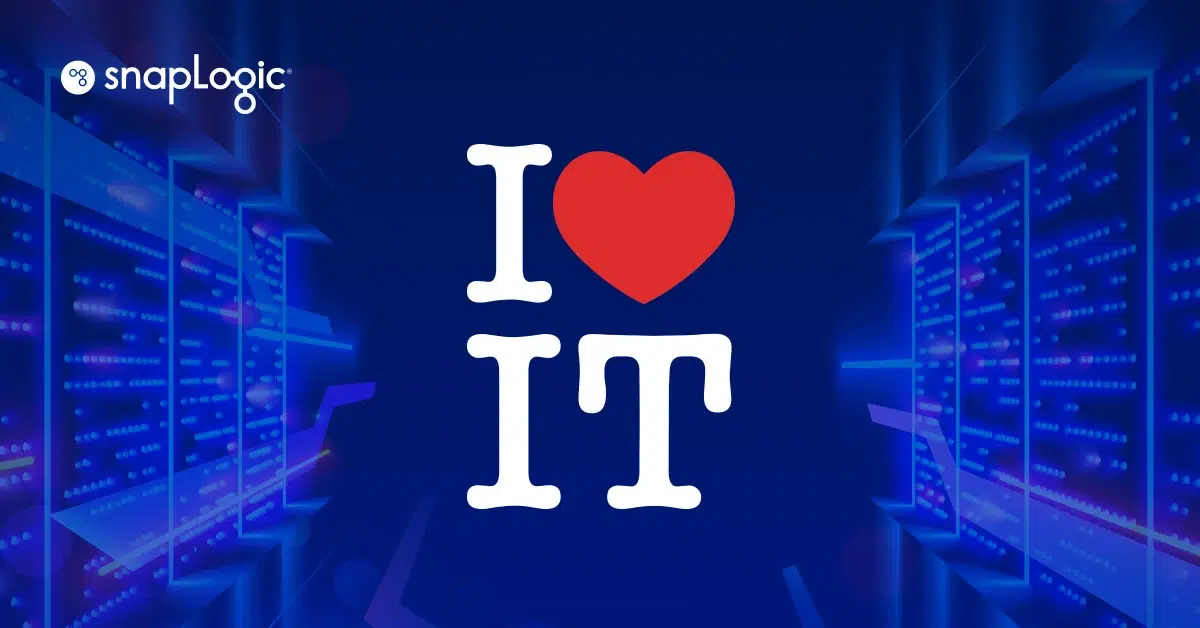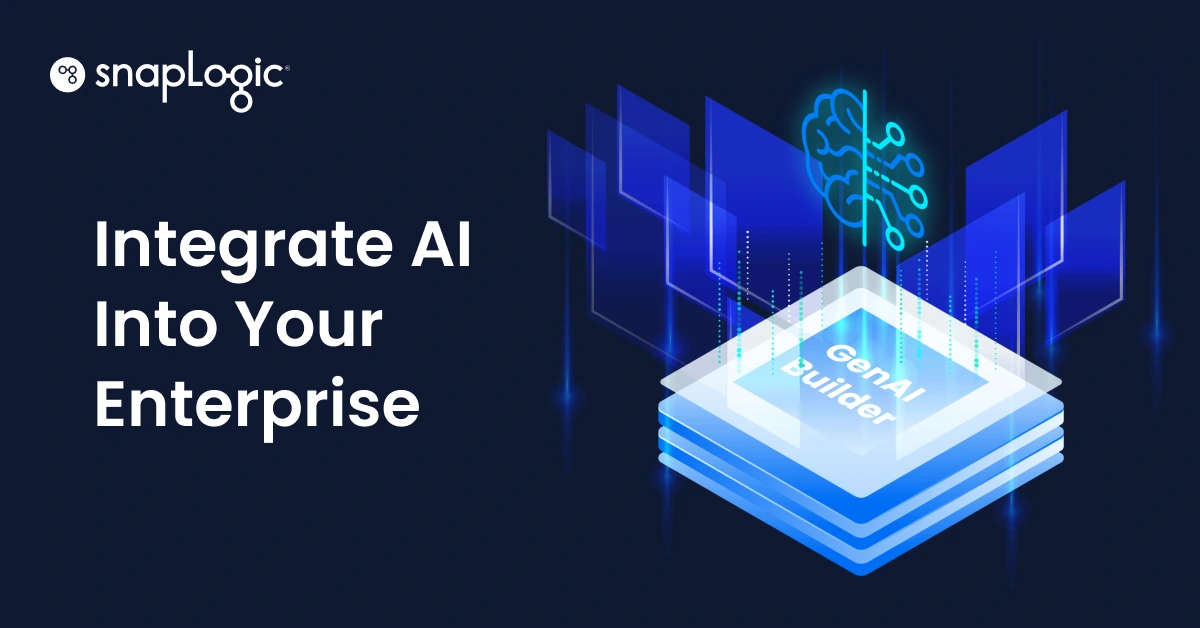The recent buzz regarding Salesforce’s potential acquisition of Informatica has undoubtedly sparked questions. At SnapLogic, we understand the uncertainty this creates. But fear not, we’ve got you covered!
Why Salesforce may be considering acquiring Informatica
Data is the name of this AI game.
Though a rumor for now, in the past year, Salesforce has intensified its emphasis on data and AI with its Data Cloud and Einstein offerings. Although possessing data assets in MuleSoft and Tableau, a potential acquisition of Informatica would elevate this focus, facilitating improved data synchronization across diverse ecosystems for organizations. We deem this data synchronization pivotal for maximizing the potential of enterprise data in AI applications, suggesting that Informatica could serve as a vital component in completing Salesforce’s “Customer 360” puzzle.
As Salesforce looks to develop more GenAI solutions, they need access to vast amounts of customer data to create and train LLMs that power them. While some assume partnering with a data lake vendor or hyperscaler is the best approach, you need access to all types of data, applications, and APIs. Rather than partner with countless data and application companies, leveraging an integration company that already navigates these technologies makes sense.
And we agree!
Is this a good move?
While the deal does make some directional sense on the surface, Informatica is a poor choice for Salesforce. Salesforce data cloud has been a struggle, so this acquisition would seem to complement the prior Tableau and MuleSoft acquisitions by providing a better grip on customer data. Without strong data integration and management, there’s a real danger of Snowflake or Databricks capturing this lucrative opportunity. However, technical and operational issues make the acquisition less than ideal for both Salesforce and Informatica. On the technical side, Informatica is an amalgamation of numerous acquisitions, resulting in a challenging on-prem legacy architecture with disparate code bases and interfaces. Further, Informatica at its core is a relational data integration engine. This means that managing semi-structured and unstructured data which makes up the majority of customer data and which is critical for generative AI is not a strength of the Informatica platform. Operationally, Salesforce would need to rationalize architectural direction, rationalize overlapping portfolios, and provide guidance to customers about when to use which integration tool set to use, and cover fundamental technical gaps.
Salesforce’s interest in Informatica validates our long-standing belief that high performing digital applications and experiences can only be delivered through a combination of data integration and application integration. Generative AI deepens this pattern, as GenAI workloads are a blend of data and application integration. Given the magnitude of integration challenges and roadmap uncertainty, Informatica customers would be wise to start exploring modern, stable, and innovative alternatives like SnapLogic.
Strategic advantages of SnapLogic
Here’s why SnapLogic stands out:
- Neutrality: Unlike Salesforce, which will prioritize its own products and face increased friction from its competitors, SnapLogic remains independent. We prioritize integrations tailored to your specific needs, regardless of vendor. This flexibility and future-proofing safeguard your data environment.
- Unified Architecture and User Experience: In contrast to the MuleSoft and Informatica confusing mix of codebases, interfaces, and release cycles, SnapLogic provides a unified cloud-native architecture that combines data and application integration, API management, and GenAI application development in a single platform with a single environment and interface. This translates to easier management, faster implementation, and lower costs.
- Seamless Migration Path: Migrating to the Informatica cloud can be daunting. Many leading enterprises have opted for SnapLogic’s smoother migration process. Our partners like EXL offer free assessments and migration paths to simplify your transition.
- Predictable Pricing: Informatica’s consumptive pricing model creates budget uncertainty. SnapLogic’s unlimited data packages provide peace of mind with clear, predictable costs.
- Built for the AI/GenAI Era: SnapLogic was designed from the ground up to handle the rich, semi-structured, and unstructured data required for SaaS applications and GenAI projects while MuleSoft and Informatica were designed for a bygone era of on-premises and structured data.
- We lead the way in GenAI innovation. Our SnapGPT, generally available since July 2023, empowers integrations through natural language, while Informatica’s ClaireGPT remains in preview.
- Our GenAI Builder, generally available since January 2024, allows anyone to create powerful LLM-powered applications without coding, a capability not offered by Informatica.
What’s next?
If these rumors are true, it will be interesting to see how the two companies navigate everything highlighted above. But all that is rumors, and the deal is not certain.
What is certain is that Generative AI is poised to transform the traditional integration market. McKinsey projects the market to increase from $100B TAM (total addressable market) to $1.5T, as nearly all modern enterprises face immense pressure to produce more output with fewer resources.
We foresaw this demand and have invested heavily in GenAI solutions over the last two years. As this industry explodes with new possibilities, we will continue to deliver tangible GenAI solutions to our customers and partners.
